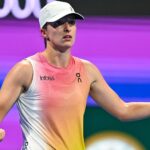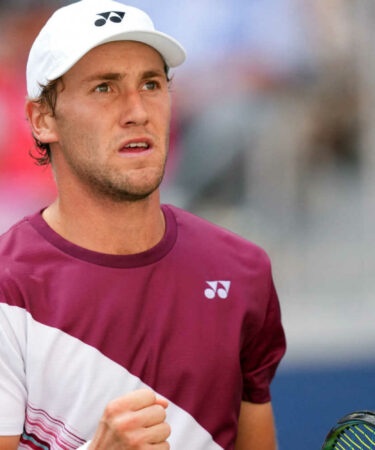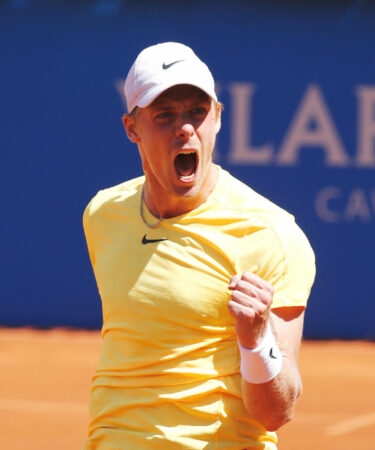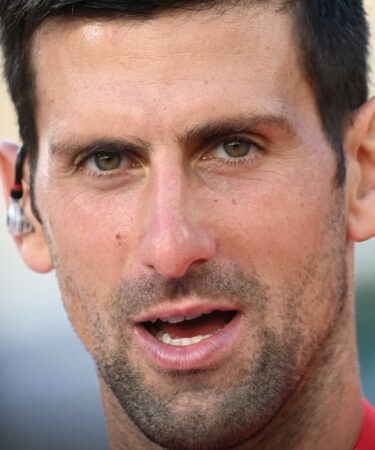One year on, Australia sets more flexible Covid-19 rules for (vaccinated) players
Tennis Majors has seen the document sent to players which outlines the latest Covid-19 protocols, particularly in the event of a positive Covid-19 test or contact case
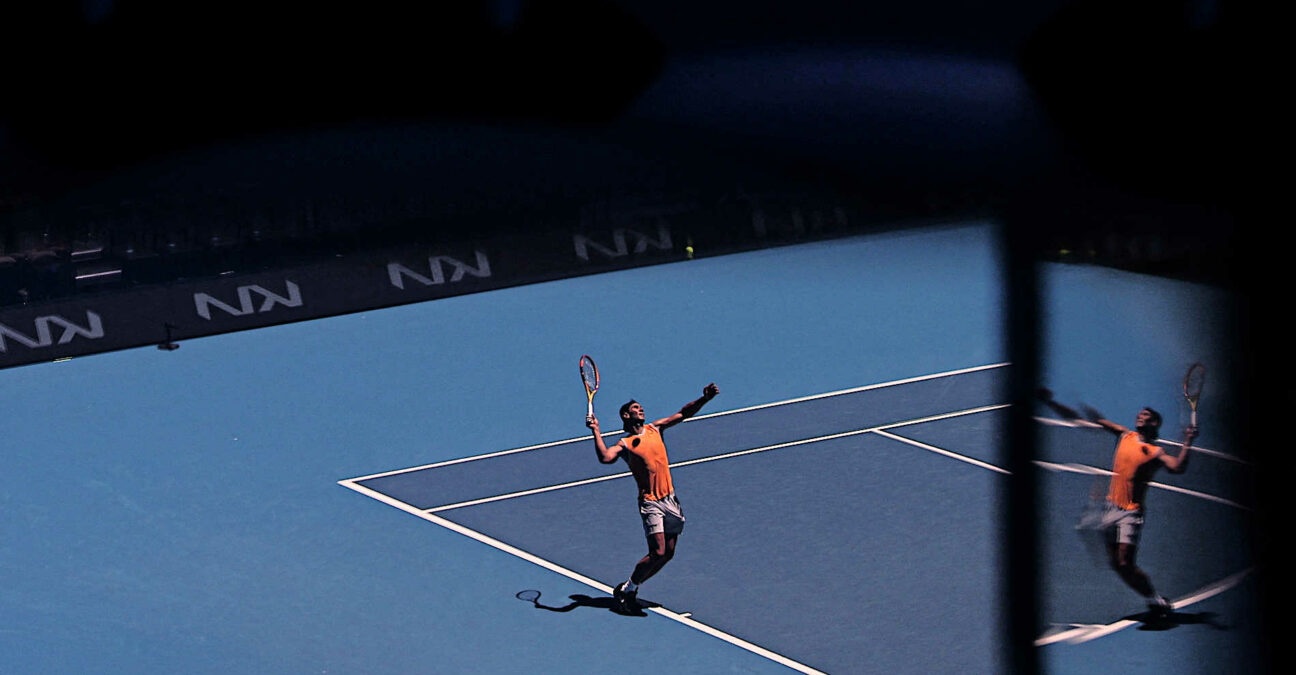 Spain’s Rafael Nadal, seen reflected in seating barrier, practices in the lead-up to the 2022 Australian Open tennis tournament at Melbourne Park in Melbourne, Australia, January 2, 2022. || 216734_0014
Spain’s Rafael Nadal, seen reflected in seating barrier, practices in the lead-up to the 2022 Australian Open tennis tournament at Melbourne Park in Melbourne, Australia, January 2, 2022. || 216734_0014
Positive on December 26, back on court on January 2; the case of Canadian Denis Shapovalov at the ATP Cup perfectly illustrates the Australian authorities’ changing approach to Covid-19, one year after the drama of the strict two-week quarantine imposed on Australian Open participants upon arrival in Melbourne if they had the misfortune to travel with someone who tested positive upon arrival.
Australia is going through by far its largest wave of infection since the start of the pandemic, with more than 30,000 cases daily and an exponential upward curve.
Jeroen Weimar, the state’s testing commander, already said that Victoria has recorded more COVID-19 cases in the first three days of 2022 than across the entirety of 2020 – the first year of the pandemic.
But two things have changed since the Australian Open in February 2021 ; the abandonment of the zero Covid strategy since September, combined with the successful roll-out of the vaccination, which has also created lasting suspense around the presence of Novak Djokovic at the 2022 Australian Open (Jan 17-30).
The compulsory vaccination (unless specifically exempted by two panels of medical experts) to enter Australia – and in particular the state of Victoria, where Melbourne is located – has led to more flexible protocols for players and members of their staff when they arrive in Australia. This is according to analysis of the document: “The New Testing, Tracing and Isolation Protocols”, sent to them on December 31.
Divided into three columns according to city and state of arrival – Melbourne (Victoria), Sydney (New South Wales), Adelaide (South Australia) – it imposes a fairly pragmatic regime on players based on test results and not on preventative measures with mandatory isolation time.
DAILY TESTS “STRONGLY ENCOURAGED” BUT NOT OBLIGATORY
In concrete terms, each player is tested on arrival and isolates while awaiting the result. Only a negative test result allows the player to move freely. Another test must take place between the fifth and seventh day on site. After this test, if it is negative, the person is free to go wherever he or she wants, unless something new happens (symptoms, contact cases), a kind of magic formula, as Casper Ruud pointed out in an exchange on Twitter.
Daily tests are “strongly encouraged” before going to the sites but not mandatory.
What is also striking about the document is the flexible definition of “contact case”. The document distinguishes between “household contacts” and “non-household contacts”, i.e. people who share the same home as the accredited person, and other people. Only contact status with a house-mate results in seven days of isolation with testing on the first and sixth day.
In contrast, contact status with another person only results in a five-day testing requirement. In Adelaide, the situation is different because it distinguishes between ‘event-critical’ and ‘non-critical’ contacts. In the former case, the player is subjected to a bubble with daily testing for six days but no isolation. Being a contact case does not therefore lead to exclusion from the competition.
QUARANTINE… UNLESS “MEDICALLY CLEARED”
The last notion that illustrates the flexibility of the practices in 2022 is the notion of “until you are medically cleared”, i.e. “except in case of medical green light”. In concrete terms, it means that there is no longer a minimum duration of isolation in the event of a positive PCR test. This isolation will last seven days “unless medically cleared” due to a negative test and absence of symptoms. This is what allowed Shapovalov to return so quickly.
Masks are generally required on site and in transport except when sitting, eating, exercising or facing a camera. Sydney imposes the mask if a distance of one and a half metres is not possible between two people.
It should be noted that players who may test positive at the end of the week in Adelaide will have a few cold sweats in the run-up to the Australian Open, as the state of South Australia provides for 10 days’ isolation rather than seven, unless the player is “medically cleared” of course.

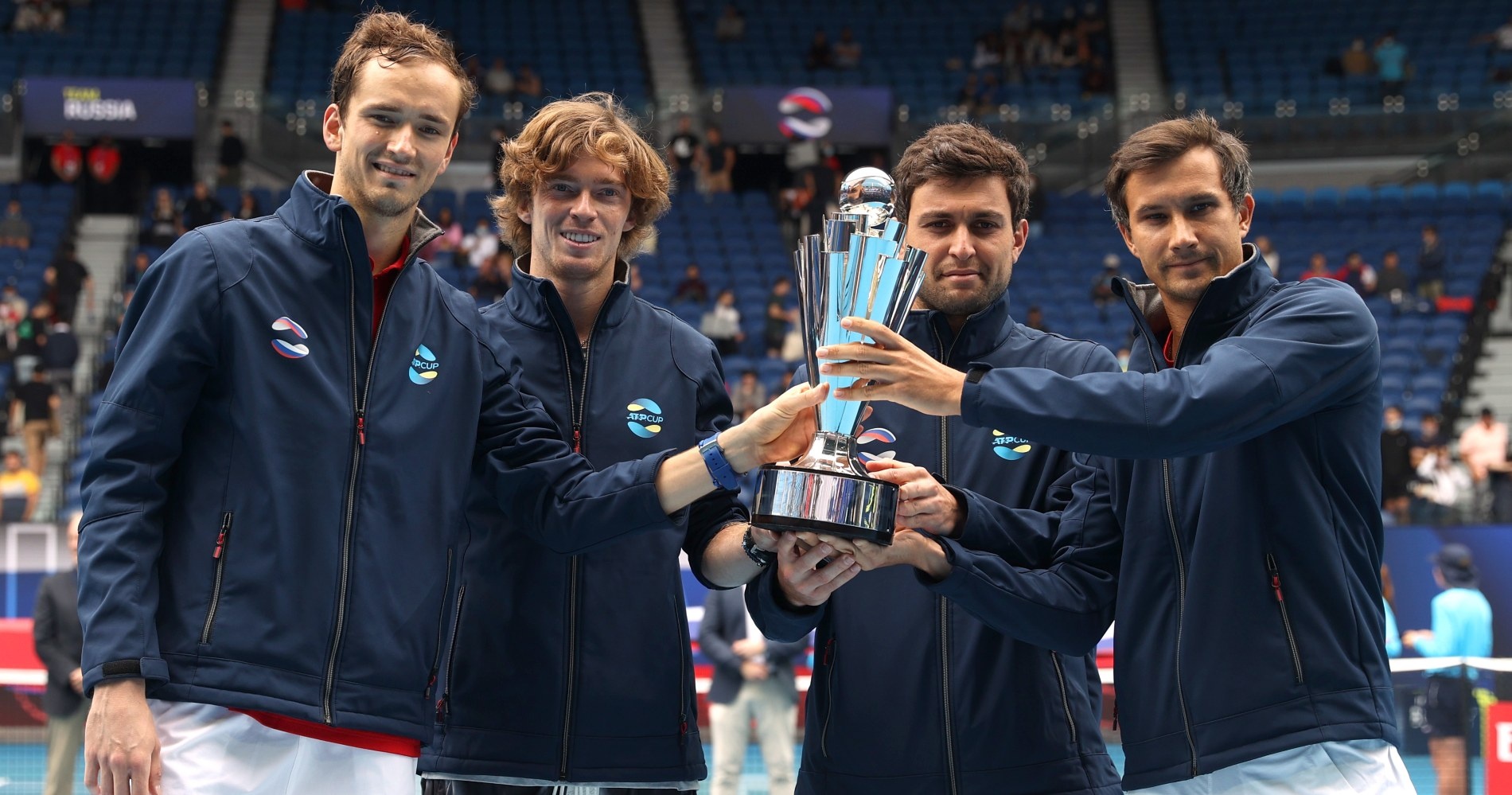


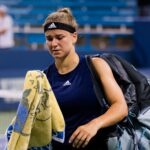
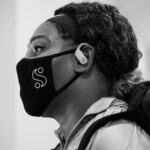
People in this post
More tennis news
Dubai Open: Rybakina books spot in last four

Agassi, Alcaraz, Federer: Everything you always wanted to know about the 2025 Laver Cup (but never had time to find out)

Zverev and Shelton to play at 2025 Laver Cup
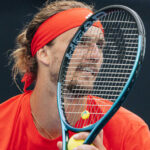
Dubai Open: Tauson books spot in semi-finals
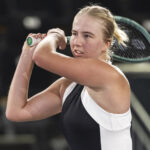
Dubai Open: Swiatek knocked out by Andreeva
